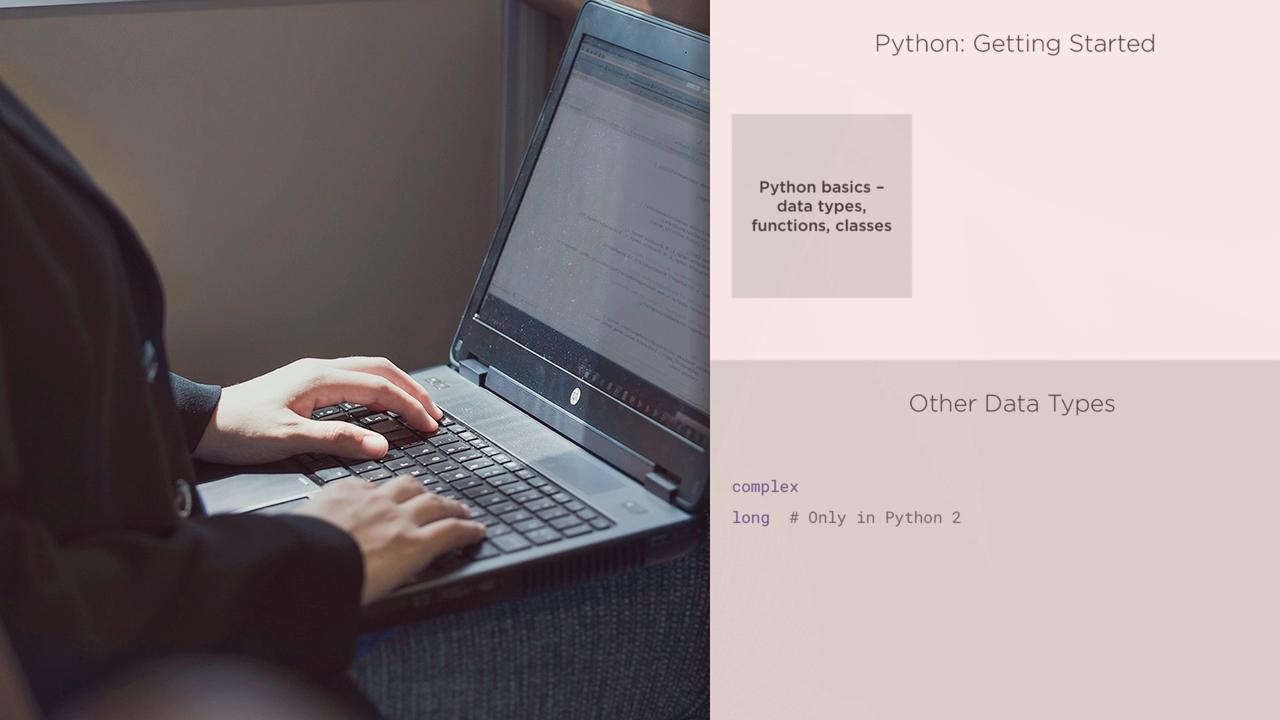- Course
Python: Getting Started
Python is very simple, yet incredibly powerful programming language. You can use it for writing web and desktop apps, scripts, and more. This course teaches you the basics of Python syntax, functions, creating console and web apps, and distribution.

- Course
Python: Getting Started
Python is very simple, yet incredibly powerful programming language. You can use it for writing web and desktop apps, scripts, and more. This course teaches you the basics of Python syntax, functions, creating console and web apps, and distribution.
Get started today
Access this course and other top-rated tech content with one of our business plans.
Try this course for free
Access this course and other top-rated tech content with one of our individual plans.
This course is included in the libraries shown below:
- Core Tech
What you'll learn
Hello, and welcome to Python: Getting Started, part of the Python Learning Path here at Pluralsight. My name is Bo Milanovich, and I’m looking forward to helping you learn this powerful and versatile language.
Along the way, you’re going to be learning about things like syntax, functions, and classes, exploring how to create a console application and how to convert that same app into a web app, as well learn how to create executable files and an installation wizard from your Python app. In addition to Python, you’ll also be using Flask and Pycharm. This is a beginner-friendly course, but you’ll want to make sure you’re already up to speed on programming basics, such as what a function does and what a variable is.
So if you’re ready to get going, Python: Getting Started is waiting for you. Thanks again for visiting me here at Pluralsight!

